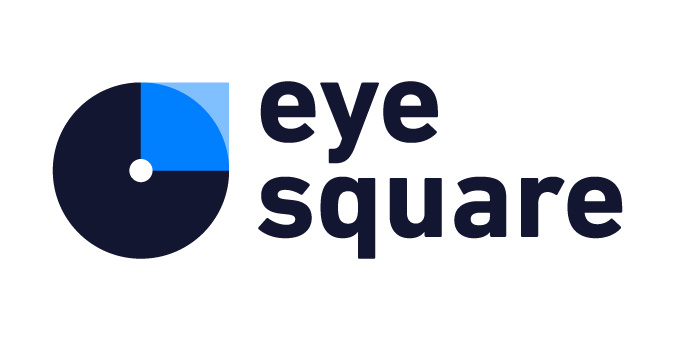16 Jun marktforschung.de Interview Eye-Tracking
The Renaissance of Eye-Tracking
With the technical progress in camera technology on mobile devices, a shift is currently taking place from the laboratory into natural study environments
As a research method, eye tracking is considered to be material-intensive, no eye-tracker, no eye-tracking. However, with the increasing demands in UX research and the fight for attention in advertising, eye tracking is currently experiencing a renaissance.
With conventional cameras from smartphones and webcams, better results can be achieved with participants even in a setting at home, without using additional equipment. In terms of quality and flexibility of use, trackers are becoming more accurate, less error-prone and less sensitive to light. The latest algorithms support head and eye recognition.
In addition to its use in UX research, this method is also ideal for advertising effectiveness surveys. Eye-tracking technologies can be used to directly track participants’ lines of sight through a smartphone or webcam. For digital advertising contacts, eye-tracking is also used to measure pure perception, System 0.
The technology is particularly suited to the study of social platforms, and media usage of traditional channels. The attention economy makes it essential for brands to pay attention, and thus make eye contact, to get their message across to consumers.
So in which areas is it worthwhile to use eye tracking as a tool, where are the challenges of this technology, and what advances are emerging in the technology?
Our colleague Michelle Grätsch discusses the topic in detail with other eye tracking experts from EYEVIDO, Like to KNOW and oculid in the current German version of an interview at marktforschung.de.
